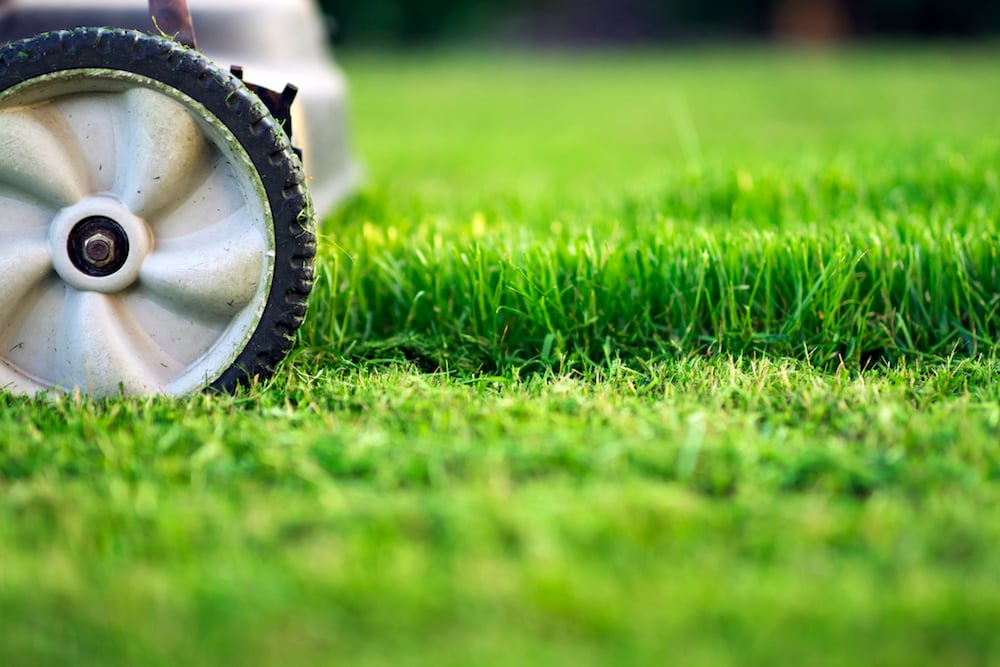The lawn looks like a disaster. The lawn is a large area of lush, green grass which continues to grow for approximately two weeks after it has been cut.
In many parts of the world, once the grass is cut and the heat has been cultivated the seedlings will grow. The landscapers must remember to cut the lintels drastically back to prevent the spread of disease.
The majority of people wait until the temperature is cold enough to allow the grass to break through the snow. Taking certain measures to increase the growing season will shorten it by two weeks.
It is essential to water at the correct rate according to the season. Watering at a rate of about one inch every few days is recommended. By pressing firmly, you can poke water into the lawn by elevating the rootball so that the soil is charged. will encourage proper growth and help keep weeds at bay. You should do a light soak with warm water around the roots.
The Quality Grasses site is a great way to find out what type of fertiliser you’re using. The website helps you to troubleshoot any online issues and provides more information.
It is important to cut all the grass before using your lawnmower. You can sprinkle the autumn berries around the grass base if they are already there. The pills can be left alone, or removed completely. When starting a brand new lawn, make sure the soil is dry and clean. Then, add a quarter-inch of topsoil. The new soil can be tamped in to the lawn when needed. It will push any grass seed downwards. You can also improve the soil by surrounding all lawns in 1 inch of organic compost.
A homeowner should follow the following steps.
Lawn Mower
The bag is usually attached at the rear of most lawnmowers. The back of the Grub-box can be used to minimize the amount of Smart Worx Systems that are brown and could easily be removed.
Cooke
Removing grass from the sides of your lawn is a good idea. We recommend a minimum 10c/hour to prevent lawn grass being burned. Most insects will stay away.
Rake
Rake the sod to make it more effective. Push broom the edge of your push broom over the entire lawn to rake it uniformly. Continue raking your lawn with the combination of a lawn rake, grass aerator and broom.
Flowering
Some types of flowers seeds germinate slower than others. These plants must be arranged according to the usual variety. The plants will need to be placed as far as possible from the foundation of the home. It is easier to calculate the foundation needed for the flowerbed.
Plant Beds
You can spray the irrigation system on your plant beds and then immediately start planting. In some cases, it may be necessary to wait 5-10 days for these plants before you can plant them.
Fertilizer
These notes provide all of the necessary information about fertilizer.
Fertilizing
Mix fertilizer according to the recommended consistency for your area. It is best to mix 15:1 for the ideal consistency.
1. Mix well into a plastic container and leave it overnight. Mix well and pour into a container made of plastic. Leave the mixture in there overnight. In the container, place the seed mix. Keep the seed mixture well organized.
The mixture should also be adjusted so that it protects the young, tender grass against frost damage and contains no weed.
Watering
The first time you water your lawn is in spring. You should then do it again in autumn. The grass will be preserved in the winter, when there is no activity. This means that you can water the lawn less. The grass will not only grow longer, but it will also look good. The longevity of the grass is determined by several factors.
Keep in mind the following:
Bluegrass is not the same as ryegrass, and Kentucky bluegrass will need more watering than a lawn mowing. The watering time for bluegrass is different from ryegrass, and Kentucky Bluegrass needs more watering after mowing the lawn. You can ask your local lawn center for specific instructions on watering the grass type.
It is possible that the rainfall rates in your area may change throughout the year. This will in turn affect the amount of water needed for irrigation.

